Discover
The itinerary of the Civico Museo Archeologico di Casteggio e dell’Oltrepò Pavese (Archaeological Museum of Casteggio and the Oltrepò Pavese) will take you on a journey back in time, to discover the millenary history of the Oltrepò Pavese.

The route
In the first part, visitors will be able to discover fossils found in the area, evidence of the particular biodiversity present in ancient times.
Continuing, room after room, it will be possible to admire the anthropic finds, discovered during the numerous excavation campaigns carried out mainly from the 1970s and 1980s.
The itinerary, which also includes the last part located on the ground floor, embraces a very wide time span, from the Neolithic period to the Renaissance, bearing witness to the historical and cultural wealth of the Oltrepadano territory.
An exceptional guide will introduce some sections: Carlo Giulietti, the first discoverer of Castagnese antiquities.

Do you know that?
In addition to the individual exhibition modules, there is a parallel path dedicated to the youngest visitors, entitled LO SAI CHE?, in which particularly complex concepts or terms are explained in a more child-friendly language, while the active involvement of the visitor (of any age group) will also be stimulated by the presence of special modules

Enjoy your visit!
First floor
Entrance, welcome!

Palaeontology
The palaeontological section collects evidence of life before the appearance of man, which has come down to us from the area through fossil remains of animals and plants.

Prehistory and Protohistory
Starting from the Neolithic period, up to the time of Celtilisation and passing through the Copper, Bronze and Iron Ages…

Prehistory and Protohistory
Starting from the Neolithic period, up to the time of Celtilisation and passing through the Copper, Bronze and Iron Ages…

Roman Era
The section dedicated to the Romanisation of the Oltrepadano territory and the birth of ancient Clastidium houses the most significant finds from this important historical moment.

Roman Era
The section dedicated to the Romanisation of the Oltrepadano territory and the birth of ancient Clastidium houses the most significant finds from this important historical moment.

Late antique period
The section houses a number of artefacts significant to the transition from Roman to Late Antiquity and the cultures that succeeded…

Middle Ages and Renaissance
Testifying to the artistic liveliness experienced in the medieval and renaissance periods in Oltrepò Pavese, the room dedicated to medieval …

Collecting
The last section on the first floor of the museum houses heterogeneous materials, lacking the certain context of their discovery…
Palaeontology
The palaeontological section gathers evidence of life before the appearance of man, which has come down to us from the area through fossilised animal and plant remains. In particular, on display are numerous shark teeth attributable to specimens of Carcharocles megalodon, found in the sandstones of Monte Vallassa and dating back to the Upper Miocene, fossilised flora found in Portalbera, and silicified wood from the gravel of the Po River. Finally, there are the remains of large vertebrate mammals that lived in the Po Valley during the Quaternary era.
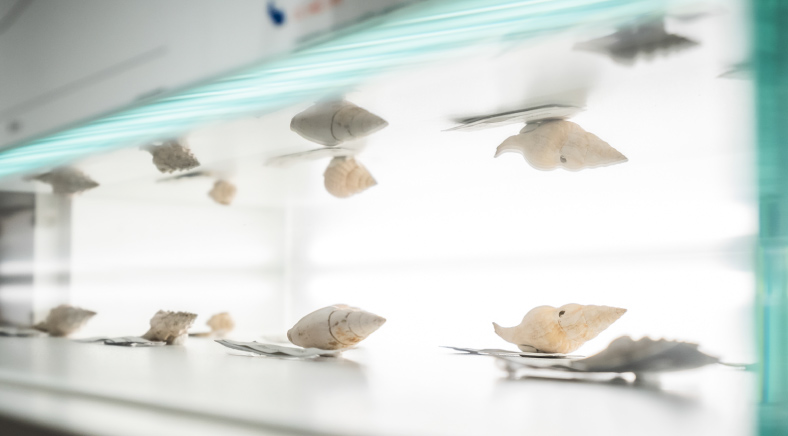
Prehistory and Protohistory
Starting from the Neolithic period, up to the time of Celtilisation and passing through the Copper, Bronze and Iron Ages, the section houses stone tools, ceramic artefacts and metal finds (including a rare Celtic bronze head) illustrating the daily life of the first farming communities of the Oltrepò Pavese, up to the arrival of Romanisation.
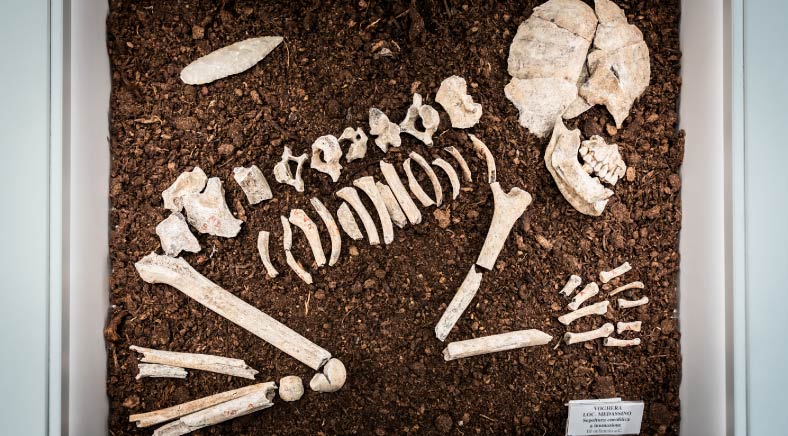
Roman Era
The section dedicated to the Romanisation of the Oltrepò Pavese territory and the birth of ancient Clastidium hosts the most significant finds from this important historical moment. The first part displays the grave goods from the numerous tombs found in the Oltrepò Pavese area, with a special focus on the Casteggiana necropolis in the Pleba area. In the second part, visitors will be able to observe the finds unearthed during archaeological excavations carried out at ancient settlements scattered across the territory.

Late antique period
The section houses a number of artefacts significant to the transition from Roman times to Late Antiquity and the cultures that followed after the fall of the Roman Empire. Certainly noteworthy is the showcase displaying the artefacts found in some burials from the Longobard period in Salice Terme and Rivanazzano Terme (the wooden casket and the bone comb).

Middle Ages and Renaissance
Testifying to the artistic liveliness experienced during the Middle Ages and Renaissance in Oltrepò Pavese, the room dedicated to the Middle Ages and Renaissance houses numerous glazed ceramics found during the archaeological excavation of a kiln in the centre of Voghera and beautiful glassware (among which are chalices covered with a thin golden patina) discovered during an excavation in Vicolo Oratorio in Stradella.
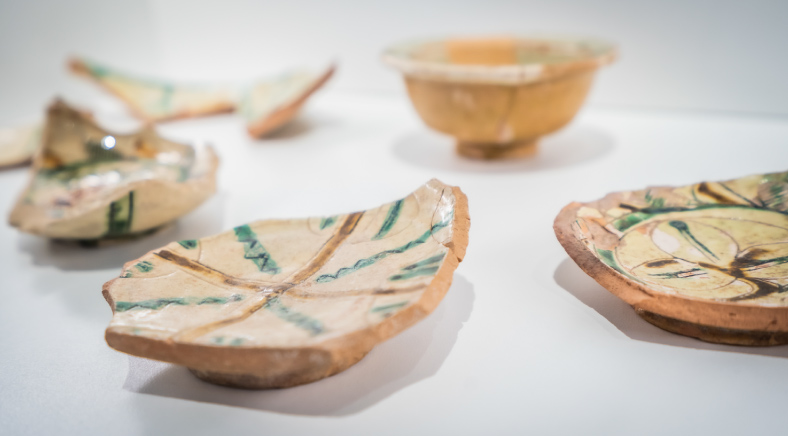
Collecting
The last section on the first floor of the Museum houses heterogeneous materials, lacking the certain context of their discovery, donated by private collectors to the Municipality of Casteggio. These artefacts most likely come from Oltrepò Pavese and central and southern Italy (such as the Etruscan bucchero vase or the Daunia jug). Also included are numerous ancient coins, donated by various local collectors.
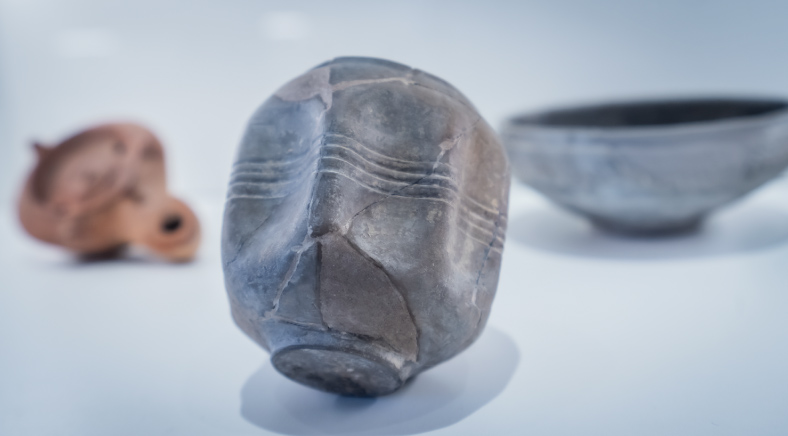
Ground floor

Roman Era
Dolio Hall
The two rooms on the ground floor represent the first exhibition spaces of the museum, which was opened back in 1974…

Roman Era
Epigraphy and burials
The two rooms on the ground floor represent the first exhibition spaces of the museum, which was opened back in 1974…
Roman Era
Dolio Hall
The two rooms on the ground floor represent the first exhibition spaces of the museum, which was inaugurated back in 1974; they house the large finds attributable to the Roman period and discovered in the Oltrepadano area.
In the centre of the first room is the large clay dolio, found near Broni, whose function, once buried, was to store foodstuffs.
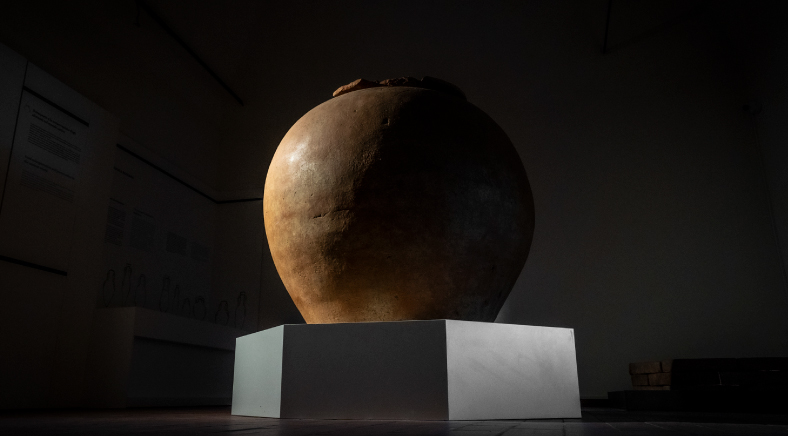
Roman Era
Epigraphy and burials
The second room features reconstructions of the original Roman brick tombs found in Via Torino, Casteggio.
Local epigraphic finds are displayed on the walls.

Contact us
NOVEMBER 2025, EXTRAORDINARY CLOSURES:
Saturday 29th
DECEMBER 2025, EXTRAORDINARY CLOSURES:
from Friday 5th to Monday 8th INCLUSIVE
OPENING HOURS:
Monday CLOSED
Tuesday 9:30 AM – 12:30 PM / 2:30 PM – 5:30 PM
Wednesday 9:30 AM – 12:30 PM
Thursday 9:30 AM – 12:30 PM / 2:30 PM – 5:30 PM
Friday 9:30 AM – 12:30 PM
Saturday TEMPORARILY CLOSED
Sunday 9:30 AM – 12:30 PM / 2:30 PM – 5:30 PM
